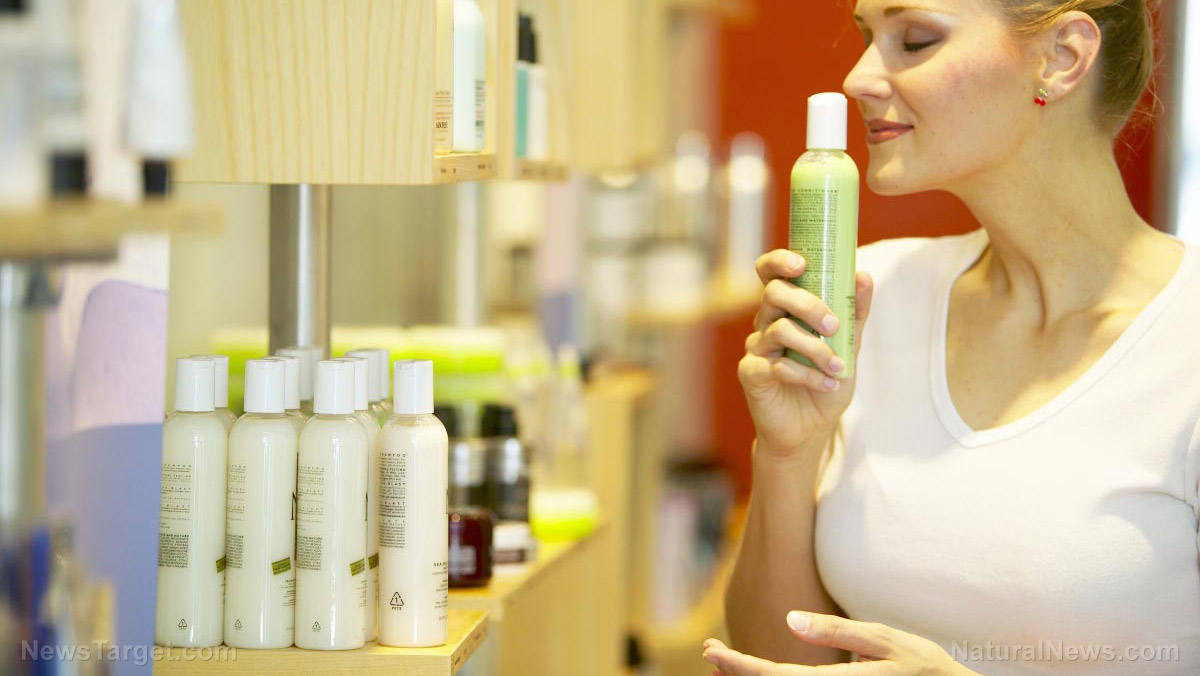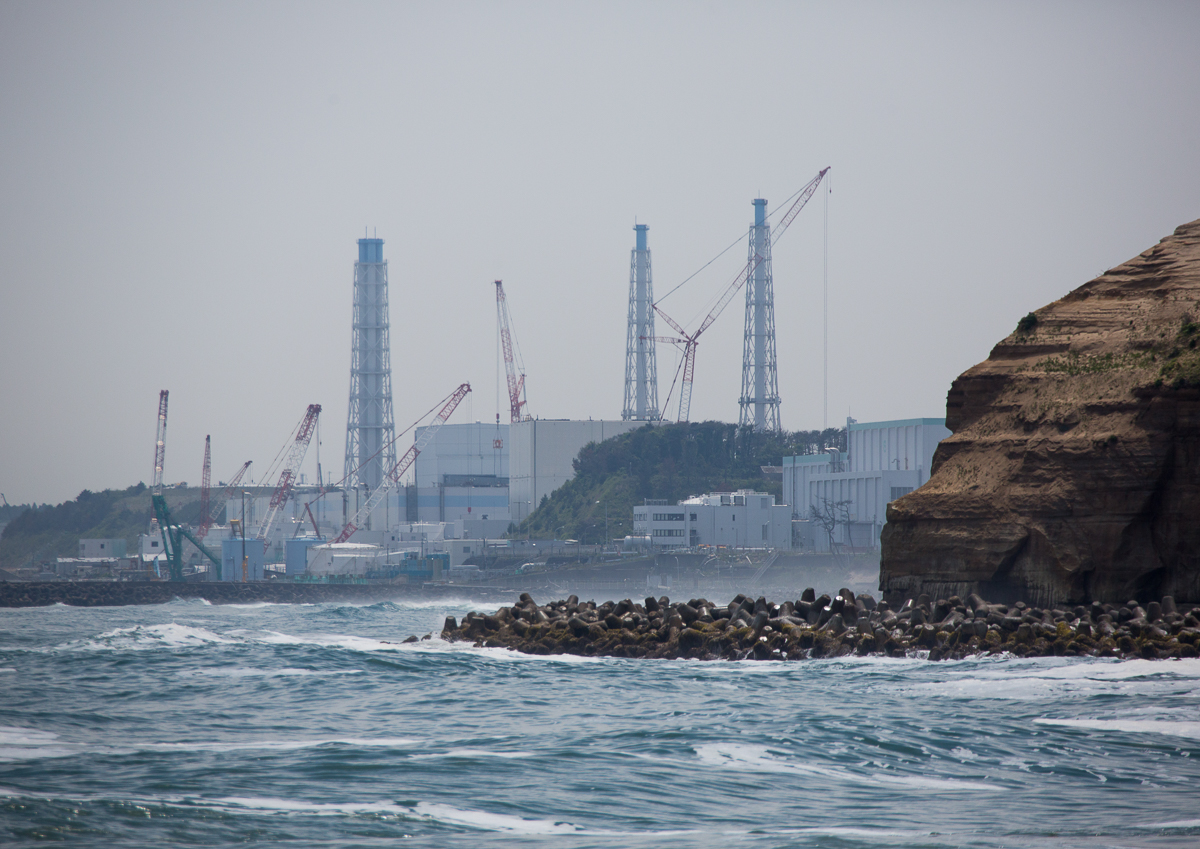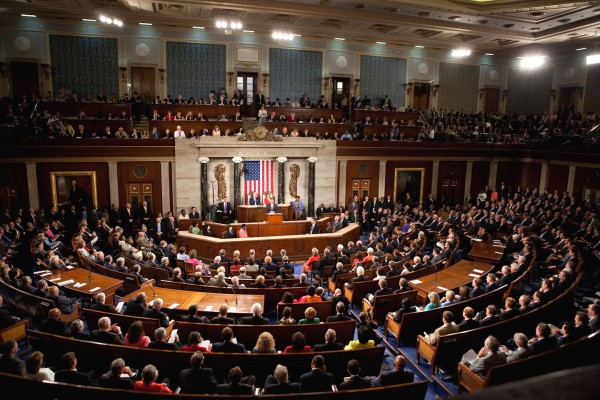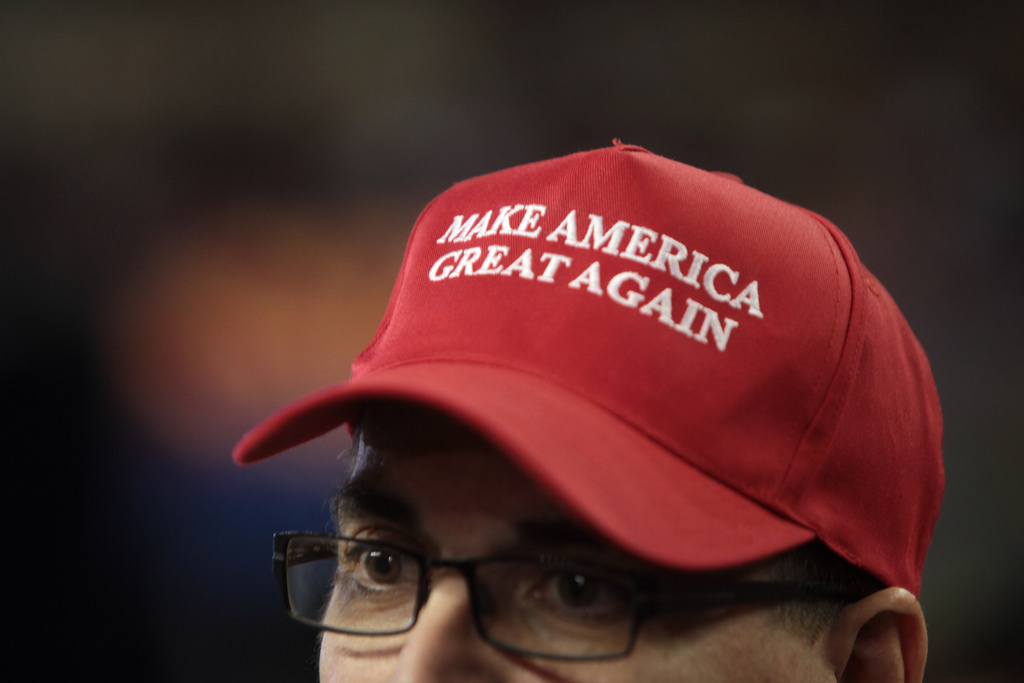
BCPP report ranks top 10 products with most hazardous chemicals
The BCPP hired two independent third-party testing laboratories. The first laboratory tested volatile organic compounds and the second performed two-dimensional gas chromatography on a subset of 32 products. The products tested were deodorants, lotions, shampoos and multipurpose cleaners. The cleaning products were found to contain an average of 136 chemicals while the personal care products contained an average of 146. The researchers compared the product name against the type of chemicals that trigger asthma, cancer, developmental problems and hormone disruption. They used the resulting data to rank the top 10 products with the most hazardous chemicals. Here are the products that made the top 10 from the BCPP report:- Just for Me Shampoo – A children’s shampoo that comes from a hair-relaxing kit marketed to kids of color by Strength of Nature.
- JLo Glow Perfume – A fine fragrance made by Coty and endorsed by Jennifer Lopez, a music, television and film icon.
- Kaboom with OxiClean Shower Tub & Tile Cleaner – This cleaning product is made by Church & Dwight Co and is marketed as a "great cleaner that is safe and friendly to use."
- Olay Luminous Tone Body Lotion – This lotion is marketed for its anti-aging qualities and is made by Procter & Gamble.
- Axe Phoenix Body Spray – This Unilever product is a body spray marketed to young men.
- Marc Jacobs Daisy Perfume – This perfume is also from Coty and bears the famous designer’s name.
- Taylor Swift Wonderstruck Perfume – This fine fragrance is endorsed by Taylor Swift, a pop country singer.
- Organix (OGX) Shampoo – A Johnson & Johnson product marketed as part of a "green/sustainable" line of products marketed to young women.
- Formulation 64-RP – An industrial cleaner and disinfectant used by custodians, firefighters and others.
- White Linen Perfume – Created by Estée Lauder in 1978, the perfume is marketed as "a beautiful perfume" for women.
Avoid these toxic chemicals in personal care products
Until regulation improves over chemicals used in personal care products, you must check the label on all personal care and cosmetic products that you purchase to ensure that they don't contain harmful chemicals and harm your family. Here are hazardous chemicals to avoid when buying personal care products: BHA and BHT Butylated hydroxyanisole (BHA) and butylated hydroxytoluene (BHT) are chemicals used as preservatives in makeup and moisturizers. Data suggests that they could act as endocrine disruptors. Formaldehyde-releasing preservatives Adding formaldehyde to products is banned because the chemical is a known carcinogen, but manufacturers have found other chemicals that act as preservatives and release formaldehyde. Chemicals like diazolidinyl urea, hydantoin, methenamine and quaternium-15, which are used in different cosmetics, slowly release formaldehyde as they age. Fragrance The term "fragrance" refers to a broad category of chemicals protected as proprietary information. Manufacturers do not have to specify the various chemicals they use to produce the scents in products with fragrance like body washes, fabric sheets, perfumes, shampoos and other items. Parabens Parabens are used in cosmetics, deodorants, hair products and lotions. It is a hormone disruptor that mimics the action of the female hormone estrogen, which is linked to the growth of human breast tumors. A study published in 2012 revealed that parabens from antiperspirants and other cosmetics may increase your risk of breast cancer. Propylene glycol Propylene glycol is a small organic alcohol used as a skin conditioning agent. It is used to make conditioners, hairspray, moisturizers, shampoo and sunscreen. Propylene glycol has also been added to medications that help your body absorb the chemicals more quickly, and to electronic cigarettes (e-cigarettes). Propylene glycol is a skin irritant, and data suggests that it is toxic to your liver and kidneys. Exposure to the chemical is also linked to neurological symptoms. Sodium lauryl sulfate and sodium laureth sulfate Sodium lauryl sulfate and sodium laureth sulfate are surfactants found in more than 90 percent of cleaning products and personal care products. These chemicals make products foam. Both are known to irritate your eyes, skin and lungs and may interact with other chemicals to form nitrosamines, a known carcinogen. Synthetic colors You may see "FD&C" or "D&C" on products labels to represent artificial colors. The letters are succeeded by a color and number, like D&C Red 27. The colors are derived from coal tar or petroleum sources and considered carcinogens. Synthetic colors are linked to attention deficit hyperactivity disorder (ADHD) in children. Toluene Toluene is a chemical made from petroleum or coal tar that is found in most synthetic fragrances and nail polish. Chronic exposure to toluene is linked to anemia, liver or kidney damage and low red blood cell count. Exposure may also affect a developing fetus. Triclosan Triclosan is an antibacterial ingredient found in soaps and other products that has been linked to allergies, endocrine disruption, inflammatory responses and weight gain. Data suggests triclosan may aggravate the growth of liver and kidney tumors.Make DIY cleaning products using non-toxic ingredients
The skin is an efficient drug delivery system, meaning what goes on your body is as important as what you eat. Some of the chemicals you ingest may be filtered by a healthy gut microbiome, but this protection doesn't work when the chemicals are absorbed through your skin, such as when you use cosmetics. Limit exposure to these harmful chemicals by making DIY personal care and cleaning products at home. You can use common ingredients you may already have in your pantry, such as:- Baking soda
- Borax
- Castile soap (liquid or bar form)
- Distilled white vinegar
- Essential oils
- Hydrogen peroxide
More related stories:
Skincare hacks: Use homemade sugar scrub for radiant-looking skin. Fruit of known invasive weed found to boost collagen production, prevent skin aging. Why natural alternatives are better than conventional underarm cosmetics. Sources include: ChildrensHealthDefense.org FDA.gov BHG.com EWG.org Brighteon.comCDC altered Minnesota death certificates to remove “COVID vaccine” as cause of death
By Ethan Huff // Share
Virginia classifies FENTANYL as weapon of TERRORISM in response to rise in overdose deaths
By Ramon Tomey // Share
China enacts export restrictions on two crucial metals amid escalating trade war with US
By Arsenio Toledo // Share
By Arsenio Toledo // Share
Sharks are behaving strangely and plastic pollution could be to blame
By Zoey Sky // Share
Will 2025 be the year that MAGA broke apart?
By ljdevon // Share
A new diplomatic front: U.S. declares mass migration an existential threat
By willowt // Share
UN campaign aims to enroll 50 countries in DIGITAL ID initiative by 2028
By avagrace // Share
The Ukraine conflict exposed: A failed western ploy and Europe's suicidal posturing
By patricklewis // Share











